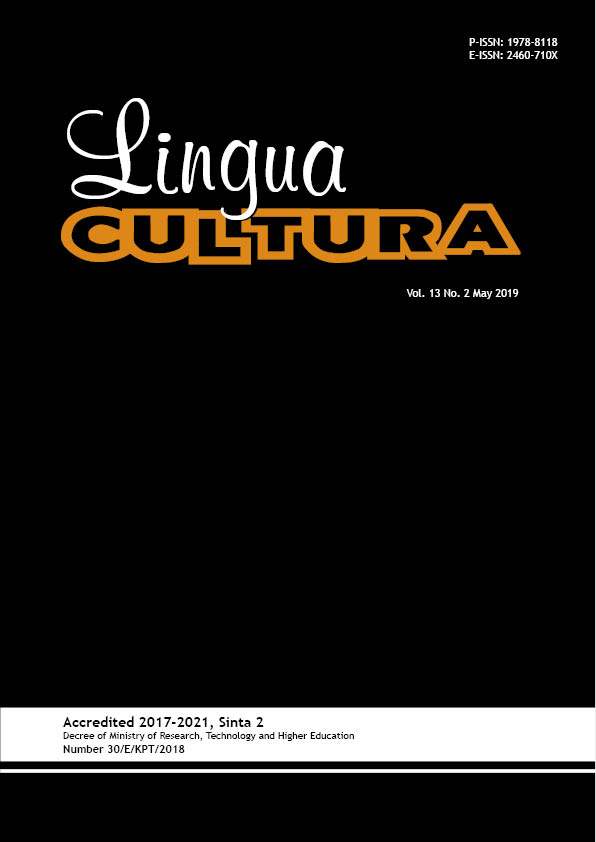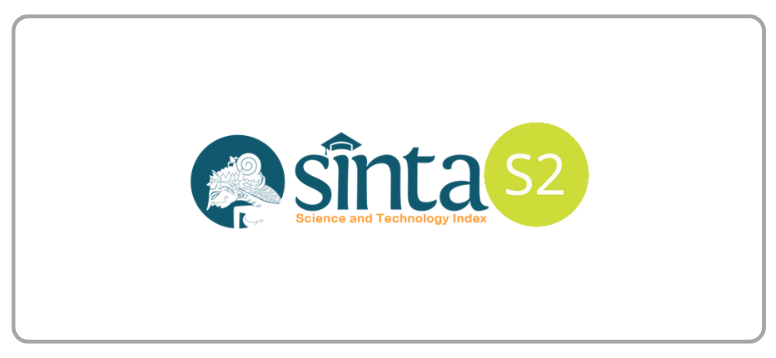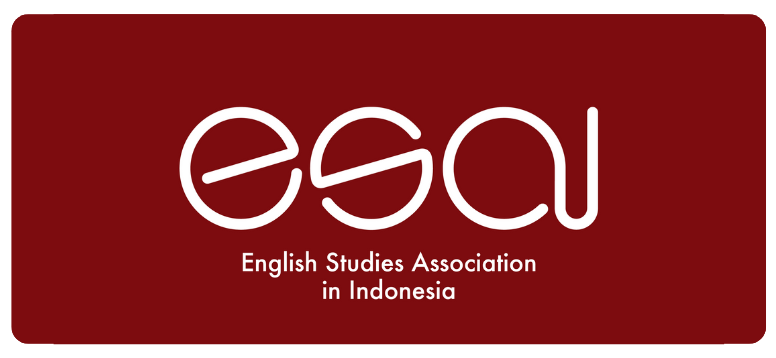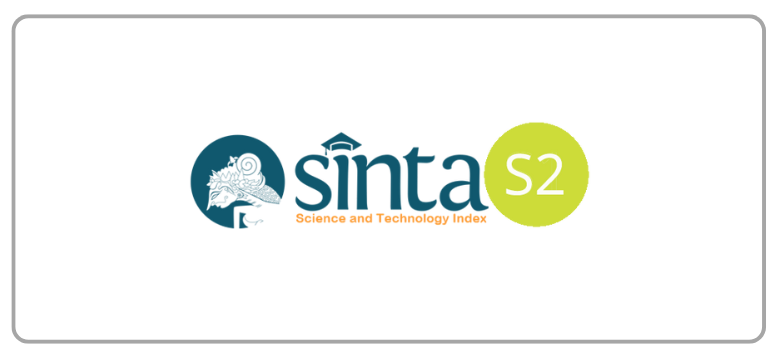Error Analysis and Teaching Strategies of Chinese Time Adverbs “Zai†and “Cai†for Indonesian Students
DOI:
https://doi.org/10.21512/lc.v13i2.5390Keywords:
error analysis, teaching strategies, Chinese adverbsAbstract
This research aimed at investigating Indonesian students’ mastery of Chinese adverbs zai (å†) and cai (æ‰). Modern Chinese adverbs were a difficult point in teaching Chinese as a foreign language. The time adverb of modern Chinese, zai (å†) and cai (æ‰), was an adverbial adverb easily misused by Indonesian students because these two adverbs had the same counterpart in Indonesian language. This research conducted a questionnaire survey among 83 Indonesian students in China. The questionnaire was a test about the use of time adverbs zai (å†) and cai (æ‰). The sentences that test 10 questions all came from the BCC corpus of Beijing Language and Culture University. After investigation, it is found that Indonesian students’ errors are more obvious. The researcher hopes that it can supplement the research achievements of Indonesian students in learning Chinese adverbs, and arouse more scholars to study the characteristics of learning Chinese adverbs for Indonesian students and promote the development of Chinese language teaching in Indonesia.
References
曾俊一. (2014). 《跟副è¯â€œæ‰â€æœ‰å…³çš„å误分æžã€‹. 甘肃高师å¦æŠ¥, (6), 48–51.
å•å”湘. (2015). 《现代汉è¯å…«ç™¾è¯ã€‹. 北京: 商务å°ä¹¦é¦†.
潘智å¯. (1995). 《汉è¯å°åº¦å°¼è¥¿äºšå¤§è¯å…¸ã€‹. 北京: 商务å°ä¹¦é¦†.
宋ç¼ç‘¶. (2014). 《副è¯â€œå†â€çš„ä¹‰é¡¹ç ”ç©¶ã€‹. æ¦é™µå¦åˆŠ, (3), 114–120.
王å¤.(2017).《汉è¯å‰¯è¯ç ”究综述》.西åŽå¤§å¦å¦æŠ¥(哲å¦ç¤¾ä¼šç§‘å¦ç‰ˆ), (04), 43–51.
å´ä¸ä¼Ÿ. (1997). 《论 副è¯â€œå†â€çš„拖延义 â€”â€”å…¼è®ºåŠ å¼ºå¯¹æ±‰è¯å‰¯è¯çš„è¯ç”¨ç ”究》.世界汉è¯æ•™å¦, (3), 18–25. https://doi.org/10.13724/j.cnki.ctiw.1997.03.003
å¼ æ˜Žè¾‰, & 朱红雨. (2019). 《21世纪现代汉è¯å‰¯è¯ç ”究综述简》.云å—师范大å¦å¦æŠ¥(对外汉è¯æ•™å¦ä¸Žç ”究版), 17(1), 45–56.
å¼ å–œèŠ¹. (2014). 《对外汉è¯åˆçº§æ•™æ副è¯ç¿»è¯‘åŠæ•™å¦å¯¹ç–ç ”ç©¶ã€‹.æ–‡å¦æ•™è‚²ï¼ˆä¸ï¼‰, (03), 130–131.
郑尔å›. (2017). 《现代汉è¯æ—¶é—´å‰¯è¯ç ”究》. 湖北函授大å¦å¦æŠ¥, (10), 119–120.
周å°å…µ, & è–„å·. (2017). 《时间副è¯â€œæ‰â€ä¸Žå¥å°¾â€œäº†â€å…±çŽ°å误的跨è¯è¨€åˆ†æžã€‹.åŽæ–‡æ•™å¦ä¸Žç ”究, (01), 1–8.
Downloads
Published
How to Cite
Issue
Section
License
Authors who publish with this journal agree to the following terms:
a. Authors retain copyright and grant the journal right of first publication with the work simultaneously licensed under a Creative Commons Attribution License - Share Alike that allows others to share the work with an acknowledgment of the work's authorship and initial publication in this journal.
b. Authors are able to enter into separate, additional contractual arrangements for the non-exclusive distribution of the journal's published version of the work (e.g., post it to an institutional repository or publish it in a book), with an acknowledgment of its initial publication in this journal.
c. Authors are permitted and encouraged to post their work online (e.g., in institutional repositories or on their website) prior to and during the submission process, as it can lead to productive exchanges, as well as earlier and greater citation of published work.
USER RIGHTS
All articles published Open Access will be immediately and permanently free for everyone to read and download. We are continuously working with our author communities to select the best choice of license options, currently being defined for this journal as follows: Creative Commons Attribution-Share Alike (CC BY-SA)


















